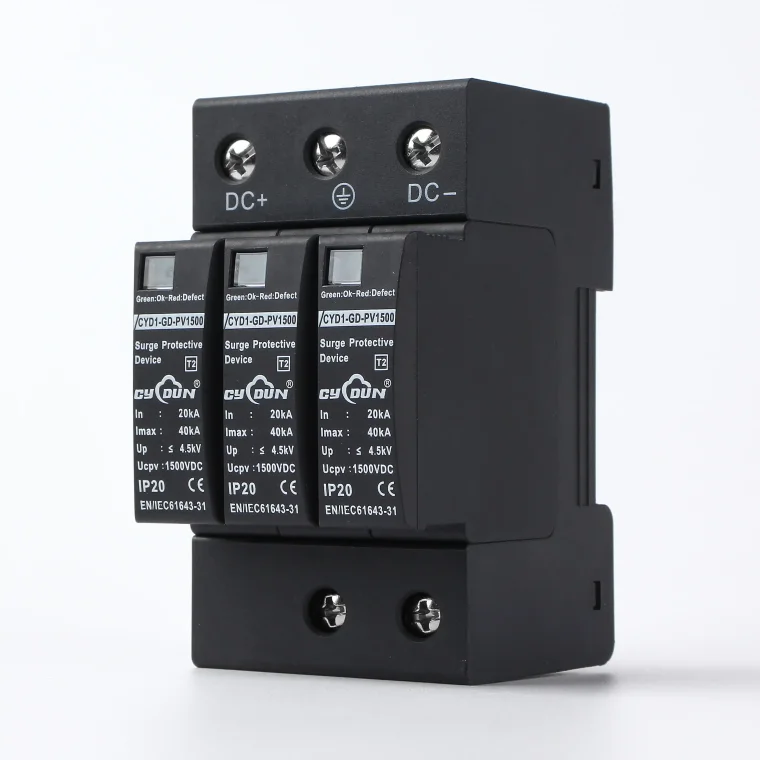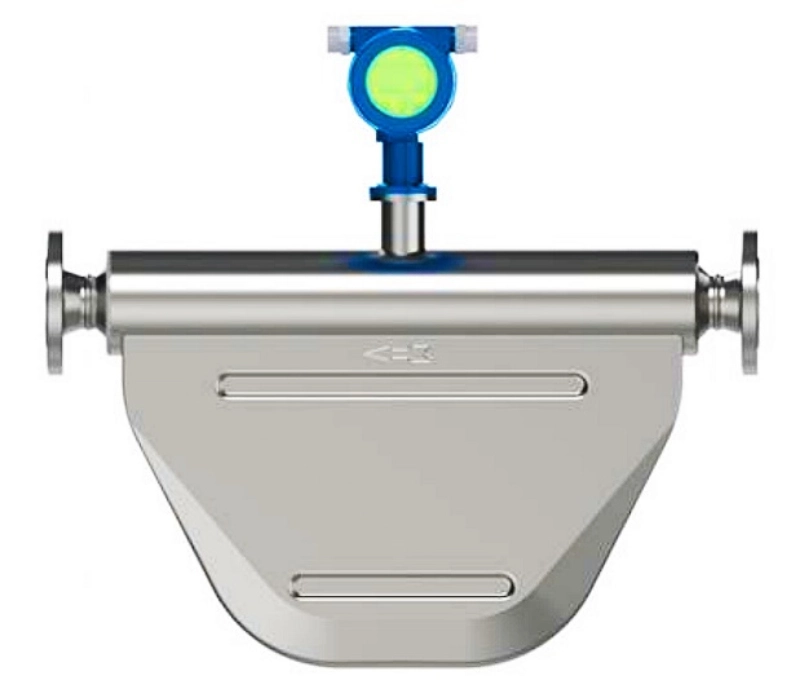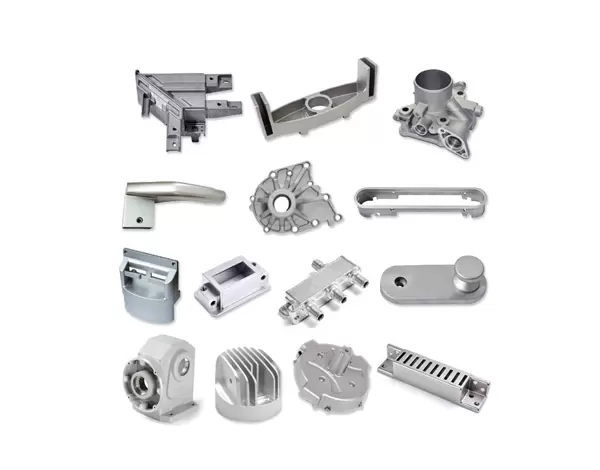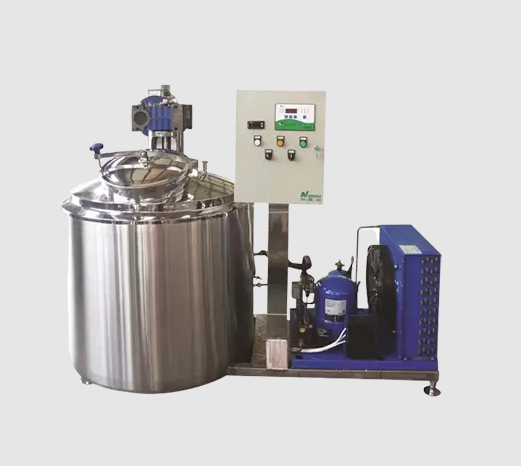In the realm of electronics, power supply resistors play a pivotal role in ensuring the stability and efficiency of circuits. While they may seem like simple components, their purpose extends far beyond mere resistance. This article delves into the multifaceted functions of power supply resistors, exploring their significance in various applications, the principles behind their operation, and best practices for their implementation in electronic designs.
What is a Power Supply Resistor?
A power supply resistor is a passive electronic component that provides resistance in a circuit, primarily used to control voltage and current levels. These resistors are often employed in power supply circuits to manage the flow of electricity, dissipate excess energy, and protect sensitive components from damage. Their design and specifications can vary widely, depending on the application and the specific requirements of the circuit.
Key Functions of Power Supply Resistors
- Voltage Division: One of the primary purposes of a power supply resistor is to create a voltage divider. By placing resistors in series, designers can achieve a desired voltage level for specific components. This is particularly useful in circuits where different components require different operating voltages.
- Current Limiting: Power supply resistors are crucial for limiting the current flowing through a circuit. This is especially important in protecting sensitive components, such as LEDs and integrated circuits, from excessive current that could lead to overheating or failure. By selecting an appropriate resistor value, engineers can ensure that the current remains within safe limits.
- Load Balancing: In power supply applications, resistors can help balance the load across multiple components. This is essential in parallel circuits where uneven current distribution can lead to component failure. By strategically placing resistors, designers can ensure that each component receives an appropriate share of the current.
- Signal Conditioning: In some applications, power supply resistors are used for signal conditioning. They can filter out noise and stabilize voltage levels, ensuring that the signals transmitted through the circuit are clean and reliable. This is particularly important in audio and communication systems where signal integrity is paramount.
- Thermal Management: Power supply resistors dissipate energy in the form of heat. While this can be a drawback in some cases, it can also be advantageous. By carefully selecting resistor values and configurations, engineers can manage thermal profiles within a circuit, preventing overheating and ensuring optimal performance.
Selecting the Right Power Supply Resistor
When choosing a power supply resistor, several factors must be considered to ensure optimal performance:
- Resistance Value: The resistance value should be calculated based on the desired voltage and current levels in the circuit. Ohm's Law (V = IR) is a fundamental principle that guides this selection.
- Power Rating: Resistors are rated for the amount of power they can safely dissipate, typically measured in watts. It is crucial to select a resistor with an adequate power rating to prevent overheating and potential failure.
- Tolerance: The tolerance of a resistor indicates how much its actual resistance can vary from its stated value. For precision applications, low-tolerance resistors are preferred.
- Temperature Coefficient: This parameter indicates how much the resistance changes with temperature. In applications where temperature fluctuations are common, selecting resistors with a low temperature coefficient can enhance circuit stability.
Best Practices for Implementation
To maximize the effectiveness of power supply resistors in electronic designs, consider the following best practices:
- Circuit Simulation: Before finalizing a design, use circuit simulation software to model the behavior of power supply resistors within the circuit. This can help identify potential issues and optimize resistor values.
- Thermal Management: Ensure that resistors are placed in locations where they can dissipate heat effectively. Adequate spacing and airflow can prevent overheating and prolong the lifespan of the components.
- Regular Testing: After implementation, conduct regular testing to monitor the performance of power supply resistors. This can help identify any deviations from expected behavior, allowing for timely adjustments.
Conclusion
Power supply resistors are indispensable components in electronic circuits, serving multiple purposes that enhance stability, performance, and reliability. By understanding their functions and selecting the right resistors for specific applications, engineers can design circuits that operate efficiently and withstand the rigors of real-world conditions. As technology continues to evolve, the role of power supply resistors will remain critical in the pursuit of innovative and reliable electronic solutions.








+ There are no comments
Add yours